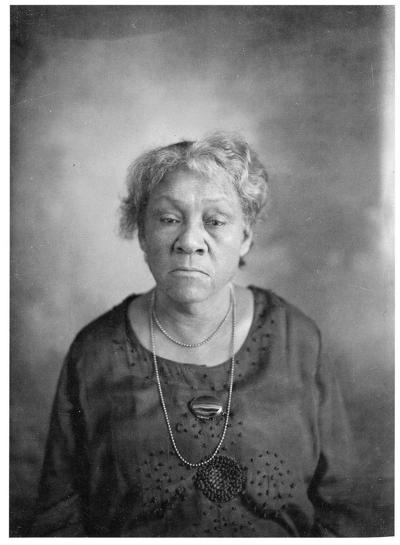
Celia Dial Saxon
Rename the Strom for Celia Dial Saxon
Recent discussion of renaming the University of South Carolina’s Strom Thurmond Wellness and Fitness Center — sitting in the heart of our city’s historic Ward One — has raised several good suggestions. The most popular so far is the admired champion Coach Dawn Staley, who is worthy of any honor the university might award her.
Without question, though, the most meaningful act of redemption that the University could make is to name the center for Celia Dial Saxon.
A dedicated educator, Saxon taught in Columbia schools for 55 years, including many years at Booker T. Washington High School, now part of the university campus.
Celia Dial Saxon also devoted a great deal of time to the community’s welfare, and when she died thousands of citizens attended the viewing at the Booker T. Washington High School auditorium where her body lay in state.
Celia Dial Saxon was so beloved as a teacher and respected by administrators that the school board named an elementary school in her honor in 1930. For decades, Saxon Elementary stood along Blossom Street in Ward One before the university claimed the land for expansion and displaced and demolished the Ward One community from the 1960s onward. Teachers at Saxon, including the legendary civil rights activist Septima Clark, profoundly impacted hundreds of African American students from Ward One and the surrounding communities.
Saxon Elementary stood exactly on the ground where the fitness center complex was built. On behalf of the Ward One Reunion Organization, I encourage the university to stand firm against racism and demonstrate its commitment to equity and inclusion by honoring a distinguished graduate and choosing the name, the Celia Dial Saxon Wellness and Fitness Center.
MATTIE JOHNSON ROBERTSON
President, Ward One Reunion Organization
June 19
It’s time to fund the Land and Water Conservation Fund
A long-awaited victory for conservation, communities and South Carolina is nearly in our grasp. For more than 55 years, the Land and Water Conservation Fund has protected land, improved county parks, preserved cultural sites and increased public access across all 50 states. Like many federal programs, it faced budget cuts during the Great Recession. But the bipartisan program came back strong in 2019, when legislators on both sides of the aisle voted to make it permanent.
Now, one important task remains. LWCF is a dedicated fund, and a dedicated fund can only work if the funds in it are spent as intended. We need to fully fund LWCF with the money collected for that purpose, instead of redirecting it to other projects.
None of the usual objections to government programs apply to LWCF. Its resources come from oil and gas royalties, not taxpayer pockets. Its impact is highly trackable in acres protected, parks built, cultural sites preserved and trails opened to the public. It’s supported by both Democrats and Republicans, and our South Carolina delegation has led the effort in both chambers.
In South Carolina, LWCF has helped create, improve or open additional acres to public access at: Saluda Shoals Park, North Augusta Riverfront Greenway, Guignard Park, Congaree National Park and Fort Sumter National Monument.
So, what’s the holdup? Busy legislative schedules, competing priorities, and time. But the time is now: The Senate passed the Great American Outdoors Act on June 17, and a companion bill (HR 7092) will soon be up for a vote in the House. To our South Carolina representatives, let’s get this done. Pass the Great American Outdoors Act and send it to the president’s desk.
DALE THREATT-TAYLOR
Executive director, The Nature Conservancy in South Carolina
June 18









